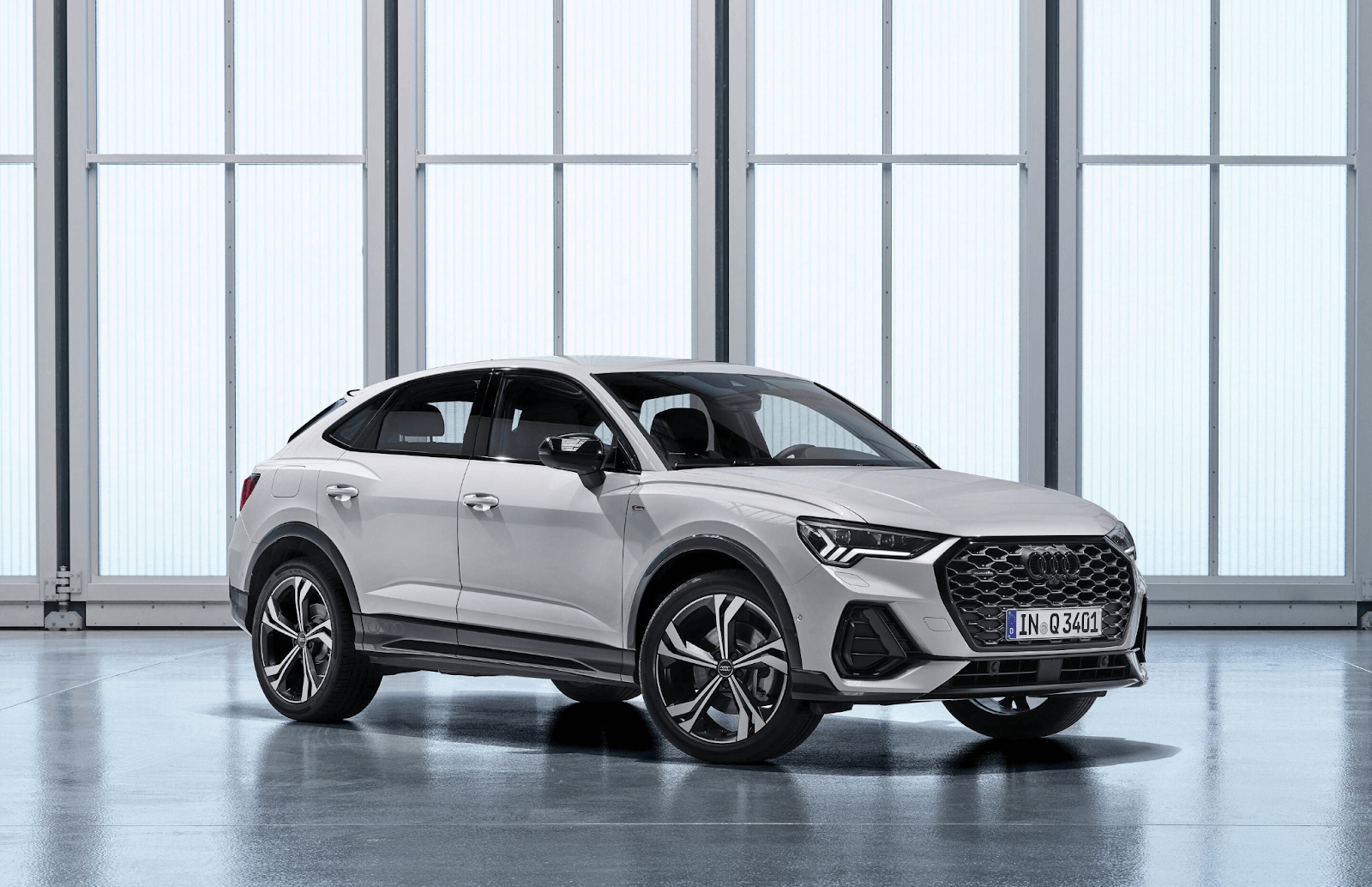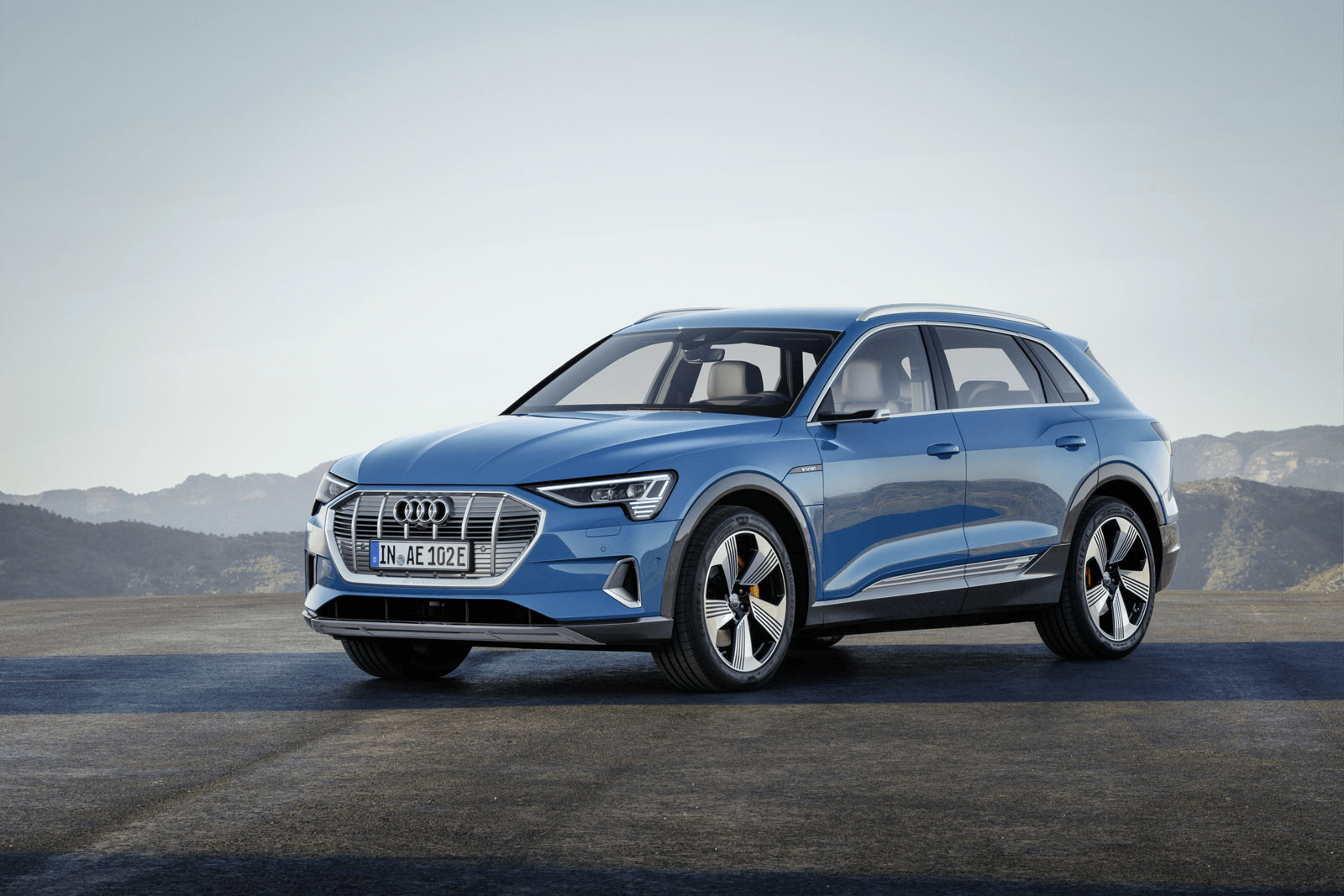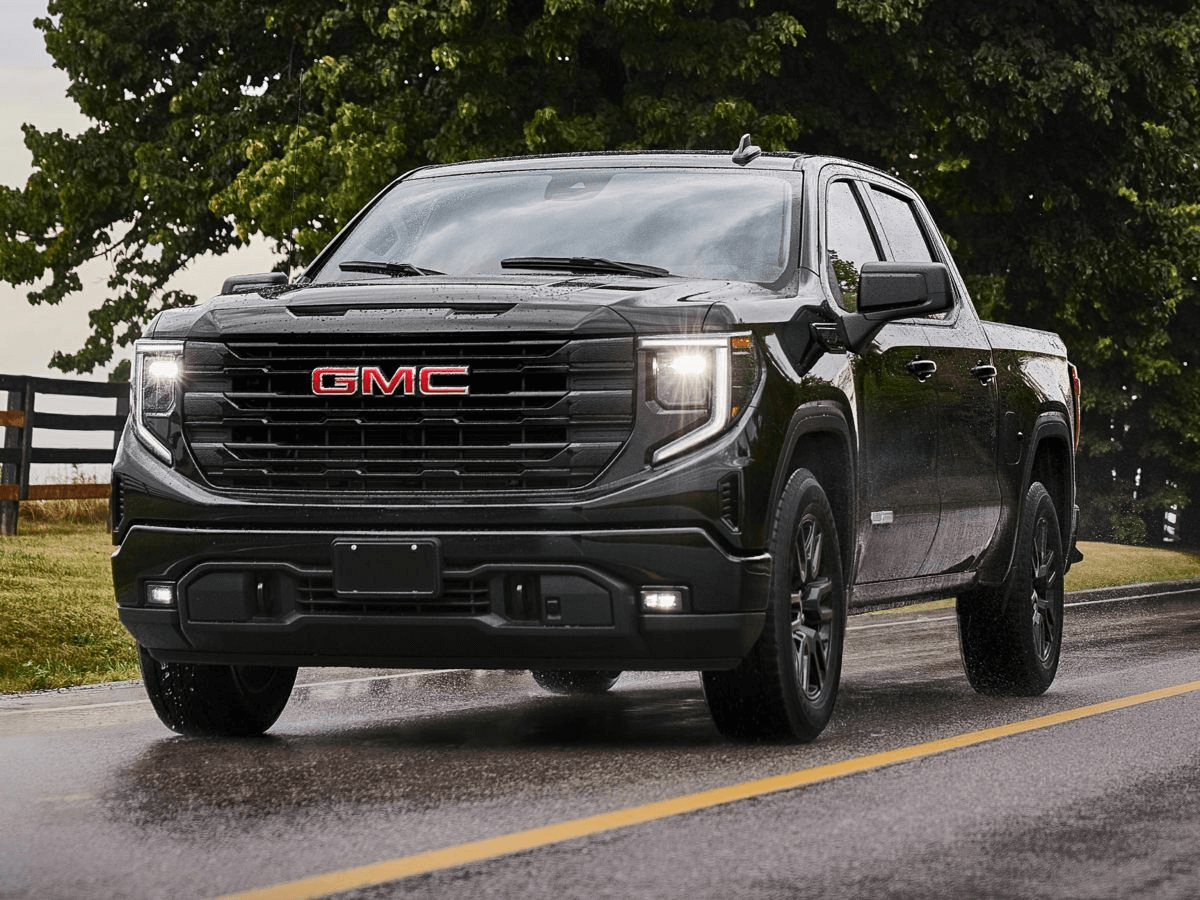
Roman Danaev
Audi and Mercedes-Benz are iconic names in German engineering and the automobile sector in general, particularly known for their sports and luxury cars that dominate the market niche. Deciding between these automotive giants can be hard for many car enthusiasts. But beyond the brand badges and loyal fans, what truly makes them stand out?
This guide digs deep into the luxury car market. We’ll explore their rich histories, trim levels, reliability and maintenance costs, and a lot more. With this info, you’ll easily find the car that suits your needs, with Carplus helping you out.
History
Mercedes-Benz started with Karl Benz’s innovative internal combustion engine in 1886, financed by Bertha Benz’s dowry. Roughly at the same time, Gottlieb Daimler and Wilhelm Maybach converted a stagecoach into a petrol-engine vehicle. Together, they founded Benz & Cie, and by 1900, it became the world’s largest automaker. In 1901, “Mercedes” was registered as a trademark, and the first Mercedes-Benz cars were made in 1926.
Audi’s story starts in the early 20th century with engineer August Horch founding Horch and Audiwerke. The first model—Type A model—had a 2,612 cc inline-four engine. They later released models with larger engines, which did well even as sports cars in competitions. In 1924, Audi introduced its first six-cylinder model, the Type M. Audi’s modern era began in the 1960s when Volkswagen bought Auto Union from Daimler-Benz.
Trim Levels
Once you’ve picked your model, you’ll need to select from various trim levels. Each trim offers different features and allows you to customise how equipped you want your car to be.
Audi Trims
The SE trim level trim is Audi’s basic option, including essentials like air conditioning and parking sensors. Moving up, the Sport trim introduces larger alloys for a specific look from sportier models. The S-Line trim, traditionally considered top-tier, has larger alloys, sportier styling in bumpers, lowered suspension, LED headlights, and interior enhancements like aluminium detailing, comparable to BMW’s M Sport models.
For a more aggressive look, the Black Edition takes the S-Line models and adds gloss black accents, dark alloy upgraded wheels, and sometimes upgraded stereo systems. S models combine performance and style with all-wheel drive, powerful turbocharged engines, and quick-shifting dual-clutch gearboxes.
Audi’s RS models are the ultimate in performance — increased power, lighter weight, improved suspension, and wider wheels.
Mercedes Trims
The SE is the starting model, with 16-inch alloy wheels, LED daytime running lights, heated front seats, keyless entry and start, and the latest MBUX infotainment system featuring two 7-inch displays.
The Sport model adds 17-inch alloy wheels, LED high-performance headlights, and Thermotronic auto climate control. The Sport Executive Edition enhances the experience with a larger touchscreen, privacy glass, sports seats, and rear parking sensors.
The Executive Edition features iconic AMG styling, 18-inch AMG-style alloy wheels, and a 10.25-inch touchscreen with smartphone integration. The Premium Edition adds a 10.25-inch digital driver display and keyless entry. Finally, the Premium Plus Edition includes advanced lighting and upgraded safety tech like a panoramic glass roof and auto traffic sign recognition.
Reliability
Audi tends to have slightly higher ratings on consumer reliability surveys than Mercedes-Benz. For instance, Audi models scorearound 80-85 out of 100 in reliability ratings, while Mercedes models score around 75-80.
Common Audi reliability issues:
- Many Audi models, particularly the A4 2011 version, have been reported to consume excessive oil.
- Some electrical and battery issues in the Audi A6 involve window switches that don’t respond, doors that lock on and off, or dashboard lights that flicker.
- Audi Q5 models produced after 2018 have been known to experience issues like rough gear changes, gear slippage, and delayed driver engagement.
Common Mercedes-Benz reliability issues:
- differential covers.
- C300 may have a faulty steering lock mechanism.
- ML350 reportedly has rough shifting due to gearbox issues.
- In E320, there may be fissures in thrust link arm bushings causing tyre wear.
- C250 may experience engine rattling, electrical problems, and steering issues.
That said, common issues shouldn’t change your overall perception of Audi and Mercedes as reliable brands.
Price
Most models by Mercedes-Benz start at a higher price point compared to Audi. For example, the Mercedes A-Class used range starts from £4,940. Moving up, models like the Mercedes-Benz C-Class and E-Class start at approximately £22,900. Higher-end models like the G-Class AMG and EQC can reach prices starting from £31,850
On the Audi side, entry-level used models like the A1 and A2 are more affordable, ranging from about £4,580. Their mid-range A3, A4, and A5 models are priced between £4,548 and £35,264, and used luxury cars like the A6, A7, A8, and R8 are about £35,536.
After 5 years, both a Mercedes and an Audi cars depreciate similarly, with the E-Class depreciating by around 45% and the A6 by about 46%. Audi gives a standard two-year unlimited-mileage warranty, extended to three years in the UK, with a 60,000-mile limit in the third year. Meanwhile, Mercedes offers a four-year/50,000-mile warranty. Keep in mind, prices for used models are just estimates because they keep changing all the time.
You can find car financing options at Carplus for buying used Audi and Mercedes vehicles at affordable prices.
Safety
Both Audi and Mercedes-Benz offer highly rated models. Mercedes vehicles such as theC-Class,E-Class,GLC-Class,GLE-Class, and EQ EQE have received high safety ratings and are equipped with a variety of safety technologies. Audi’s Q3and A4/A5 models have also received top marks with five-star NCAP ratings during their evaluations.
Audi has several awards that attest to its safety credentials. It hasreceived multiple Top Safety Pick awards for 2023, including the prestigious Top Safety Pick+ rating for five of its models. Also, fully electric Audi e-Tron GT models with quattro all-wheel drive have earned the highest safety award from IIHS for 2023.
Both the 2023-24 Mercedes GLC and the 2024 GLE-Class, which are midsize luxury SUVs, have received Top Safety Pick+ awards from the IIHS, too.
Performance
Audi offers a range of impressive engine options for various driving preferences:
- 1.8 TFSI petrol: 190 bhp, 1,500-3,000 rpm, agile performance
- 2.0 petrol: 252 bhp, up to 4,300-6,000 rpm, balanced power
- 3.0 TFSI petrol: 333 bhp, 5,500-6,500 rpm, lightning-fast acceleration
- 2.0 TDI diesel (150 bhp): Efficient and capable driving dynamics
- 2.0 TDI diesel (190 bhp): Strong performance, fuel-efficient
- 3.0 TDI clean diesel biturbo: 320 bhp, up to 3,900-4,600 rpm, powerful driving experience
The Audi R8 V10 Performance is a powerhouse, with a 602 horsepower engine that propels it from 0 to 60 mph in 2.8 seconds. With a top speed of 205 mph, it’s a standout in Audi’s racing lineup.
Mercedes’ lineup has the following characteristics:
- A-Class: Turbocharged 2.0-litre four-cylinder engine, 188 bhp at 4400 rpm.
- B-Class and C-Class: Slightly faster with around 20 more bhp each.
- GLE and GLC: Similar power levels to B And C.
- E-Class: Optional turbocharged 3.0-litre V6 engine with 362 bhp.
- S-Class: Turbocharged 3.0-litre inline-six engine, 429 bhp.
Then there’s AMG-Line premium — a unique experience for Mercedes. These cars offer sheer driving pleasure with powerful engines ranging from 4-cylinder to V12. The best Mercedes-AMG C63 S E-Performance has 671 horsepower and goes from 0 to 60 mph in 3.4 seconds.
Design and Styling
 Audi exterior
Audi exteriorAudi chooses sleek and timeless styling, often with a uniform look across many models.
 Mercedes exterior
Mercedes exteriorMercedes-Benz keeps things simple and welcoming in its exterior design. They choose roundness, proportions, and stance while steering clear of extra frills. This gives their cars a classic charm, like the iconic 300SL.
 Audi interior
Audi interiorAudi’s interior design features minimalist dashboards, premium materials, and comfortable seating options. The overall atmosphere is sophisticated and premium, although it leans towards a sporty feel rather than pure comfort.
 Mercedes interior
Mercedes interiorMercedes excels in creating comfortable interior cabin space. From the GLE and GLS to the E-Class and luxurious S-Class, they set high standards across the industry. The quality and design of their interiors are top-notch, and some models are considered the best in the business.
Technology and Infotainment
Audi’s tech lineup includes the MMI infotainment system, which lets you control navigation and Bluetooth. They also have the Virtual Cockpit, a digital display replacing traditional dials. Audi Connect offers real-time updates on traffic and weather and allows you to use smartphone apps in the car. Some critics say Audi’s graphics could be better, but features like Audi Connect make driving more enjoyable.
Mercedes’ MBUX system has excellent voice control called Hey Mercedes, which doesn’t need Siri or Google Assistant. In smaller Mercedes models like the A-Class, you get two 10.25-inch screens. In bigger models like the E-Class, each screen is 12.3 inches. The screens have regular maps, Google or Apple Maps from your phone, and an augmented reality feature.
Comfort
Audis are generally quiet, particularly in terms of wind and tyre noise. However, performance models may have more noticeable engine noise, which makes for a sportier driving experience. Despite this, the ride strikes a good balance between firmness and comfort and handles bumps smoothly without excessive body movements.
Audi’s interiors maintain a consistent, high-quality feel. The design is smart and functional rather than flashy, and the materials and surfaces used are top-notch.
In collaboration with Kingsman Concepts, Mercedes made their cars easy to use by placing controls and interfaces where they’re easy to reach. The driver and passengers can interact with the car smoothly and enjoy a comfy, personalised experience that’s really luxurious. Even with big 20-inch wheels, the ride stays smooth, even on rough roads. The cabin is also quiet, with minimal wind or tyre noise. But it doesn’t feel as isolating as the extremely refined Audi A4.
Brand Image and Perception
Consumers’ views of brands strongly influence what they buy and how they want to appear. So, choosing a brand that matches the image and lifestyle you want to project is instrumental for making a statement and showing a particular identity.
When it comes to Mercedes’ image and perception, it’s associated with a flashy, bold, and luxurious vibe, which appeals to a more mature audience. Audi is seen as representing sophistication, advanced technology, and a trendy urban vibe, which attracts a younger audience.
Environmental Concerns and Sustainability
Audi prioritises sustainability in its operations through:
- Developing electric and hybrid high-quality vehicles like the Audi e-tron series.
- Transitioning to sustainable energy sources in production to lower reliance on non-renewable fuels.
- Researching eco-conscious materials like recycled and plant-based options for making vehicles.
- Encouraging recycling practices and crafting vehicles for simplified disassembly.
- Using lightweight components, such as aluminium and carbon fibre, to enhance both fuel efficiency and overall performance.
Here are some key initiatives Mercedes-Benz is actively pursuing:
- New partnerships to develop and manufacture advanced battery cells in Europe.
- Research of environmentally friendly materials to strike a balance between sustainability and luxury. For example, they are exploring the use of UBQ plastic, derived from household waste, in the EQS and EQE.
- Upholstery fabrics crafted entirely or partially from recycled PET bottles.
- Steel with a reduced carbon footprint integrated into their manufacturing processes.
- Structural castings made from die-cast alloys that incorporate up to 100% recycled aluminium scrap in the Mercedes-AMG SL.
Conclusion
The difference between top luxury German brands mostly boils down to the finer details and personal preference. Audi and Mercedes-Benz are neck and neck in terms of most parameters.
Audi is a great choice for those looking to save money without compromising on features, safety, or performance. It shines in the small car and sports car categories. Mercedes, on the flip side, is famous for its luxurious interiors and gives most Audi vehicles a run for its money in most segments, especially larger vehicles.
In some cases, opting for a Mercedes over an Audi is the better choice. However, be sure to research the specific models you’re interested in because manufacturers can have hit-and-miss models. Once you’ve made your decision, turn to Carplus for the next step in financing!
Contents
Latest News
| Total charge of credit | £3,731.35 |
|---|---|
| Total amount payable | £15,731.35 |




